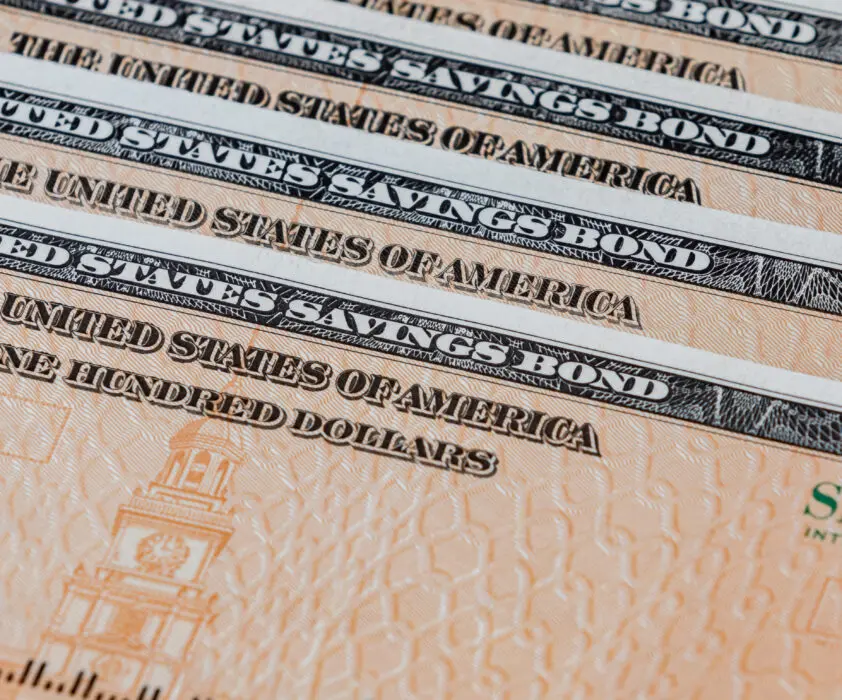
BACKGROUND
One of the main economic stories of 2022 was rising inflation and the corresponding rise of (nominal) interest rates to combat them. While inflation has come down from its peak, the reality is that real interest rates (interest rates minus inflation) remain negative. As the Federal Reserve has eased its rate hiking cycle, there is still more to be done before interest rates exceed the rate of inflation.

The U.S. Federal Reserve indicated it’s likely rates will be “higher for longer.” This implies that inflation may be higher in 2023 than it was during the 2008-2019 period when low inflation had central banks flirting with negative interest rates. Federal Reserve policy operates with long and variable lags, overshooting or
undershooting inflation for years to come, meaning that interest rates and inflation will be jerky and imprecise in a multi-year dance to bring rates down to their 2% target.
So, what does this mean?
Well, that depends on who you are. Those in their prime home-buying years (18-38) will feel the effects of inflation the most, as real estate (and all asset types) are highly sensitive to interest rates.
The lived experience of Gen Z and Millennials is that fixed-income investing (bonds) isn’t really a thing and that risk assets (stocks and crypto) only go up and to the right. They were not around during the significant inflation of the late 1970’s – early 1980s, with the oldest of Gen X barely 20. The Baby Boomer generation, who were at their peak home-buying years, were the ones who really felt the lessons of inflation, but this cohort is currently entering retirement in droves.
This article is aimed at those under the age of 60 who might want to brush up on their “Bond Math,” as “higher for longer” means inflation and interest rates are no longer just theoretical constructs but lessons that need to be learned in the real world. To quote Mark Twain: A man who carries a cat by the tail learns something that he can learn in no other way.
PSYCHOLOGY OF BOND MATH (SMALLER SOONER VS. LARGER LATER)
Inflation and interest rates are indirect measures of roughly the same thing, time preference, which is the valuation placed on receiving goods or cash now rather than later. If given the choice of $1,000 today and
$1,000 in one year, most people would rather take the money now. However, if the choice is between $1,000 now (smaller sooner) or $1,000,000 in a year (larger later), most people would be content waiting the year.

One factor that determines an individual’s time preference (or a society, which is a collection of individuals) is how long that individual (or society) has lived. Older individuals tend to have a lower time preference, relative to what they had earlier in life due to higher incomes and previous investments made in capital (education or housing).
Conversely, those poorer, younger, and those with a higher mortality salience (such as a society-wide near-death experience), tend to narrow their time lens to more immediate matters.
MATH OF BOND MATH (DISCOUNTED CASH FLOWS)
The first rule of bond math is that bond prices and interest rates move in opposite directions.
To illustrate, let’s say I have a magic chicken that produces one $100 egg every year. What is its value? The answer depends on what interest rates are. If interest rates are 2%, you should be willing to pay $5,000 for this magic chicken, as that is the amount you would need to set aside to produce that same $100 each year.

Now you have the magic chicken, and interest rates have risen to 10%; how much could you sell it for? A buyer would only be willing to pay at most $1,000 as that is what is needed to produce the same $100 egg. The value of your chicken has fallen 80% as interest rates rose.

In the late 1970s, soaring interest rates led to bond prices falling, and government debt was labeled “Certificates of Confiscation.” Ugly chickens, indeed. Once inflation peaked in the early 1980s, a 40-year bull market in bonds commenced as rates fell and bond prices rose.
Today, for the first time, Gen X, Millennials, and Gen Z are seeing bonds as safe investments, which are paying a decent yield, although still negative when measured by real interest rates. Many investors in 2022 bought
I-Bonds from the Federal Government for the first time, viewing safe, boring, government-issued bonds as an attractive investment, offering a return that is now functionally different than zero, with the up-and-to-the-right nature of stocks called into question.
DANGERS OF ANCHORING
Anchoring is a cognitive bias whereby a particular reference point or past experience influences decisions. Many have an anchoring point of the pre-pandemic world of the previous 40 years, where interest rates always declined, and asset prices (stocks, real estate) always rose. However, the current rise in inflation is leading to a global rise in interest rates and may lead to lasting changes in overall time preference (Larger Later vs. Shorter Sooner).
The second-largest demographic cohort (Baby Boomers) have spent the last 40 years gathering income-producing assets (chickens) that have offered lower and lower returns at greater and greater levels of risk because interest rates have long term declined. The next few years will be a delicate dance of interest rates and inflation until prices stabilize. This will lead to highly volatile bond prices when younger investors are likely to purchase bonds as the perceived safer asset for the first time.
The prediction for 2023 and beyond is that bonds and positive cash-flowing assets stand to benefit as non-zero interest rates and a shorter-sooner time preference will lead to renewed interest in future (positive) cash flows over speculative assets held for price appreciation, such as unprofitable tech companies.
Download the full article here.